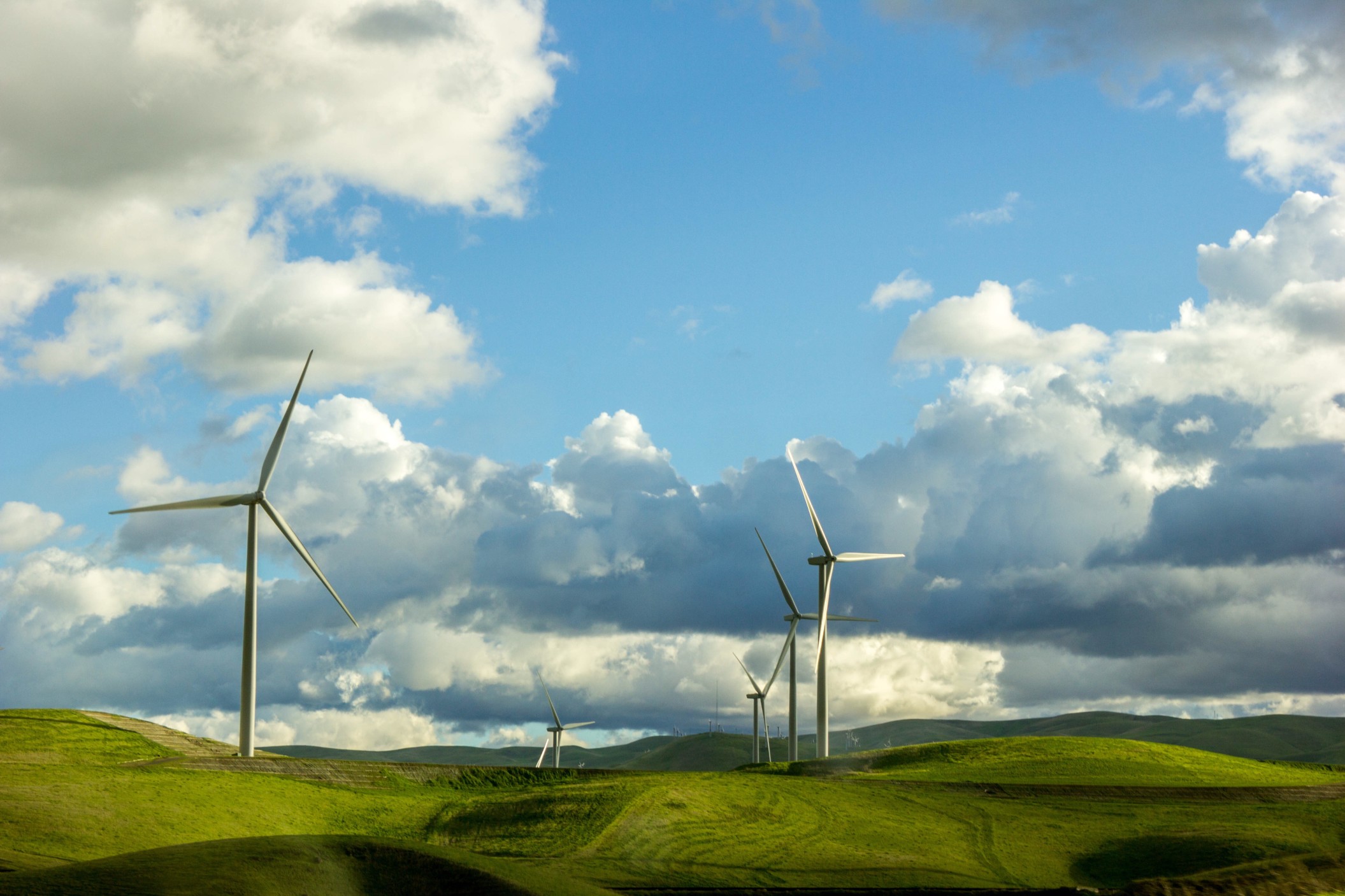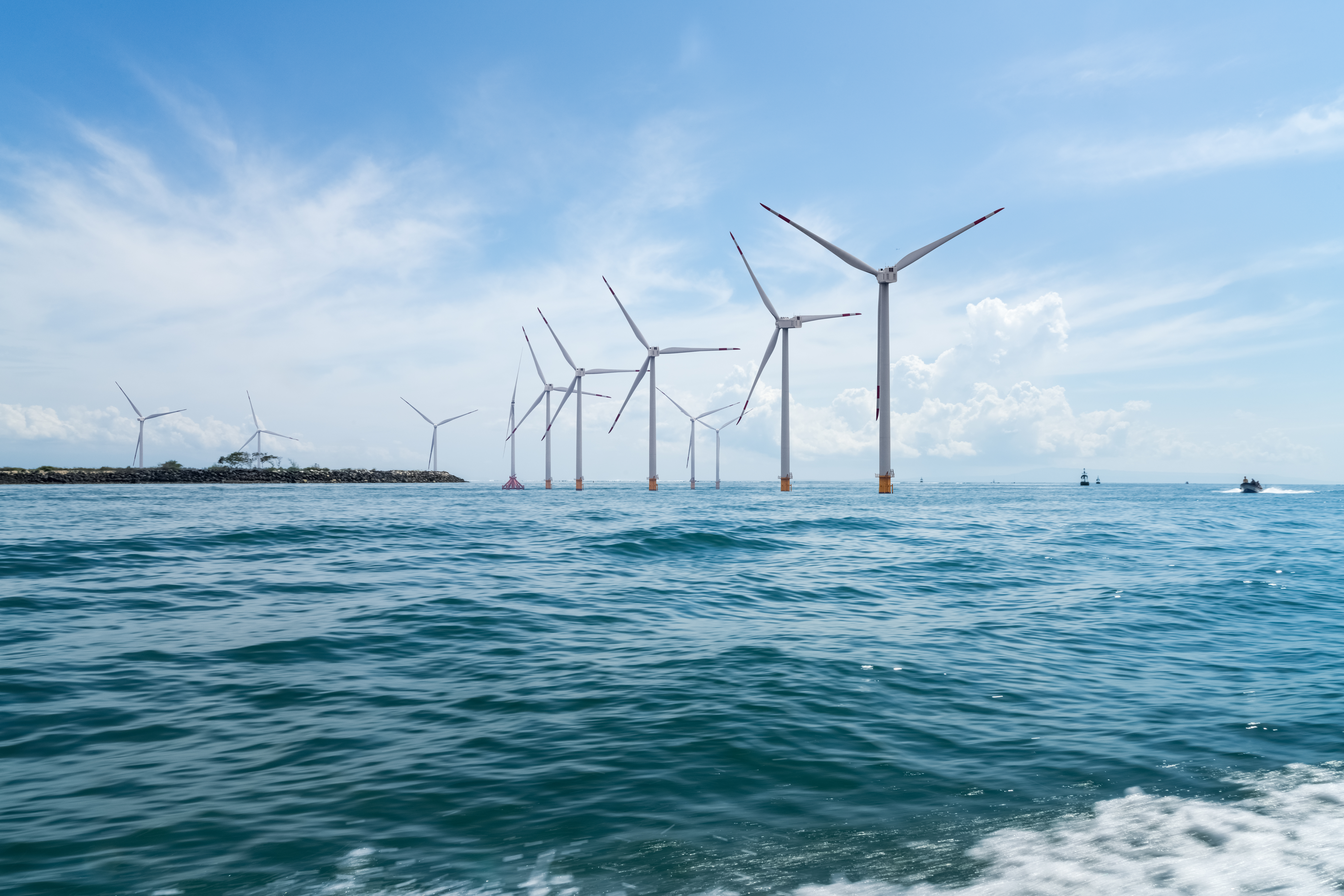The National Grid has released the latest figures on UK energy, which revealed that the supply mostly came from renewable sources than fossil fuels for 2019.
The data shows that hydro plants, wind farms, solar energy, and nuclear energy, in combination with clean power from sub-sea cables, have delivered 48.5% of the nation’s power in 2019. Fossil fuels contributed 43% to the total electricity in Britain.

The power generation mix in the UK saw a record low for fossil fuel according to official data.
National Grid CEO John Pettigrew praised the historic milestone that the UK has achieved, producing a significant slice of the energy supply from zero-carbon fuels as opposed to fossil fuels.
How Renewable Energy Prevailed
Pettigrew stated that 30% of electricity in 2009 was generated by coal, but the global shift towards solar and wind energy and the push for zero-carbon energy in Europe has influenced the trends in the UK.
It was not an overnight change. In May of 2019, the country got by without fossil fuel-generated energy for a fortnight. It generated a record high of solar power for two straight days, which covered about a quarter of the nation’s daily energy consumption.
Wind farms provided 52% of renewable energy, while biomass fuel contributed 32% and solar energy added 12% to the total generation.

Dr. Simon Pickering, an Ecotricity principal ecologist, believes that recognition of the effects of climate change and present commercial reality are two factors that drove the growth of renewable energy. People are now aware of the impending impact of climate change.
It is also cheaper to build wind and solar farms today compared to gas or coal-fired stations. Dr. Pickering cites how wind farms have existed for 20 years and are less prone to breaking down, giving investors confidence to put their money into it.
Shareholders and investors are also pushing companies to avoid venturing on fossil fuels.
The UK is gearing up for more projects to achieve net-zero emissions. Included in the plan is harnessing hydropower by installing a cable under the North Sea, connecting the UK and Norway. It’s one of the six interconnectors or cables already operating or underway between Britain and other European countries.
Wind farms rising to the challenge
The UK has grown its fleet of offshore wind farms, enabling a considerable increase in renewable energy generation, and more generation than onshore wind projects for the first time. The giant offshore turbines contributed to 9.8% of the UK supply, up from only 6.7% back in 2018. Onshore wind farms, on the other hand, generated 9.2% by year-end, slightly behind offshore but still a notable increase from 2018’s 7.3%.
Wind power reached record-breaking highs, meaning that thousands of households were paid to use extra energy in the wee hours, for things like setting dishwashers and charging electric vehicles overnight.

The Government has noted the lowered prices for offshore wind energy generation, stating that there is little need to subsidise it.
In 2023, the world’s largest wind farm will operate in the North Sea. It features turbines 220-metre high with 100-metre blades and will be located on Dogger Bank. It is anticipated to generate enough power for 4.5 million homes. It is significantly more prominent than the offshore wind project in Walney Island, Cumbria that has 189,000 turbines and covers a 145 sq. Kilometre area, powering 600,000 homes.
Dwindling Fossil Fuel Generation
Coal-fired power stations have diminished in number over recent years. It has contributed only 1% of third-quarter 2019 supply, which is lower than 2.5% around the same period in 2018.
It could be chalked up to the end of generation at the Cottam coal plant, which terminated operations on September 30th. Two other coal plants, Fiddler’s Ferry and Aberthaw B, are set to close in March, reducing the number of coal-fired power stations to four in the UK.
Renewable energy sources now surpass almost every generation system in the region, followed closely by gas-fired power.
The biggest challenge the Government faces today relates to the decarbonisation of heat. Pickering disclosed that if fossil fuel use on heating could be cut to 20% and if we turned to other sources like methane from food waste, we will usher the nation towards its goal of a net-zero economy.
